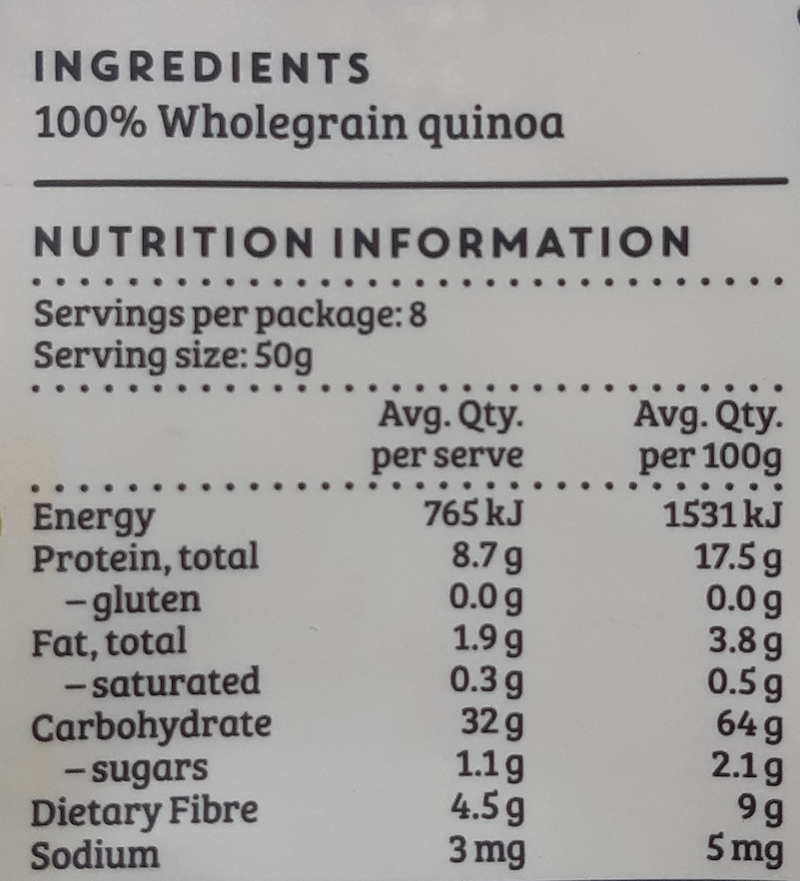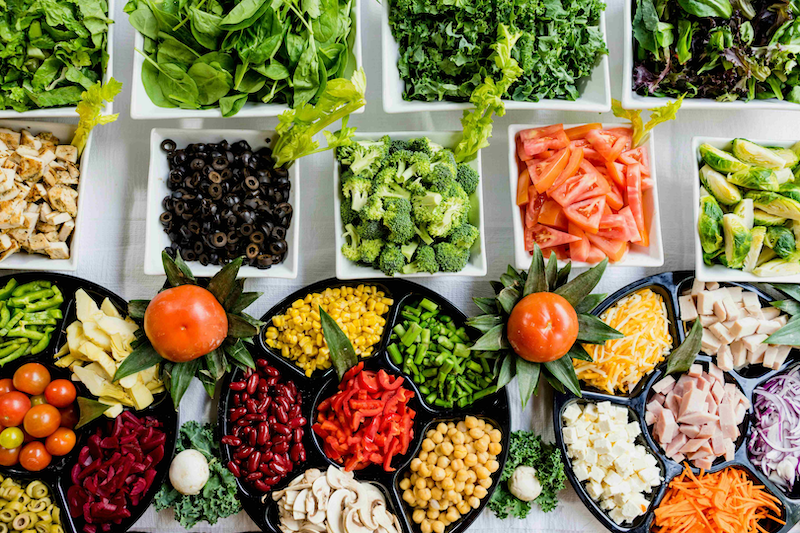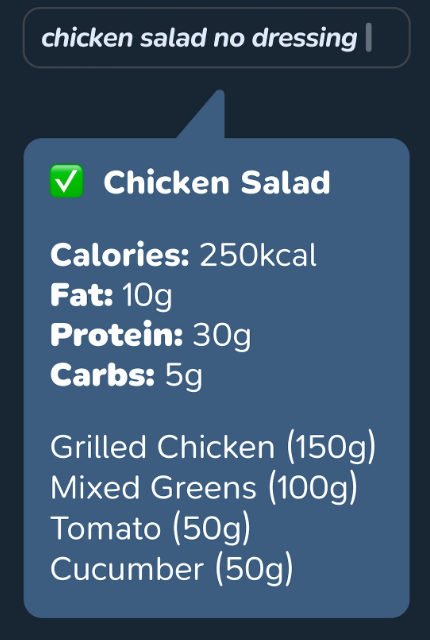Protein, fat and carbohydrate food groups are known as the three macro-nutrients. A balanced diet generally contains portions of each of these food groups every day.
Many people like to track their daily meals in a food diary. This could be for weight loss or gain, to monitor a health condition or simply to maintain a healthy diet.
However, it can be tricky to monitor how many calories you've eaten when you only know how many total grams there are.
So, here are the basics around grams and calories and how to convert one to the other.
Grams and calories are different things.
A gram is a unit of weight, whereas a calorie is a unit of energy. So, with grams, we're talking about the percentage of weight (e.g., grams of protein) in a particular food. In contrast, the calorie measurement means the amount of energy in the food.
We measure the energy in food and drinks in calories, so a food might have x grams of protein, carbohydrates or fats, and each gram contributes calories (i.e., energy) to the food's nutritional value.
The protein food group includes fresh meats, poultry (chicken, turkey), seafood, eggs, legumes like cooked beans and lentils, quinoa, tofu, some dairy, nuts and seeds. The amount of protein in each type of food varies.
Check the nutrient facts label or use the food weight as a guide. Here's a useful guide to protein content in common foods from Johns Hopkins Medicine.
Protein contains four calories per gram, so multiply the number of protein grams by 4.
10g protein x 4 = 40 cal (calories)
6g protein x 4 = 26 cal
12.5g protein x 4 = 50 cal

Healthy fats are found in some vegetable oils (e.g., olive oil), oily fish (e.g., salmon), avocado, nut butter, and nuts and seeds. Food labels generally show how much fat is in processed food; however, it's trickier to work out how much fat fresh food might contain.
Each gram of fat contains nine calories, so multiply fat grams by 9.
10g fat x 9 = 90 cal
28g fat x 9 = 252 cal
0.5g fat x 9 = 4.5 cal

You'll find carbohydrates in many foods. But healthy carbohydrates (aka complex carbohydrates) come from whole grains, fruits, starchy vegetables, pulses (like beans, peas, lentils), buckwheat and brown rice. Again, the nutritional facts label on cans and packaged foods details the total carbohydrates in the food and often says how much of that is sugar vs. complex carbohydrates, too.
Carbs have four calories per gram (yes, the same as protein) so multiply carbohydrate grams by 4.
23.9g carbohydrates x 4 = 95.6 cal
7.4g carbohydrates x 4 = 29.6 cal
35.5g carbohydrates x 4 = 142 cal

While food labels work well on processed goods, there are often times when you simply don't know how many grams of protein, carbs or fats are in the food you're eating. That's especially true if you're eating out or cooking with fresh ingredients at home.
That's where Meals.Chat comes in.
Simply take a photo of your meal or write what you had into the app. It'll estimate the macros and calories and display them in seconds.
You can forget the complicated calculations. Meals.Chat does them for you.

Monitoring your macros can be super helpful when you're trying to follow a healthy diet or monitor a condition. But it's not always easy to track your intake right through the day. Fortunately, now there's Meals.Chat